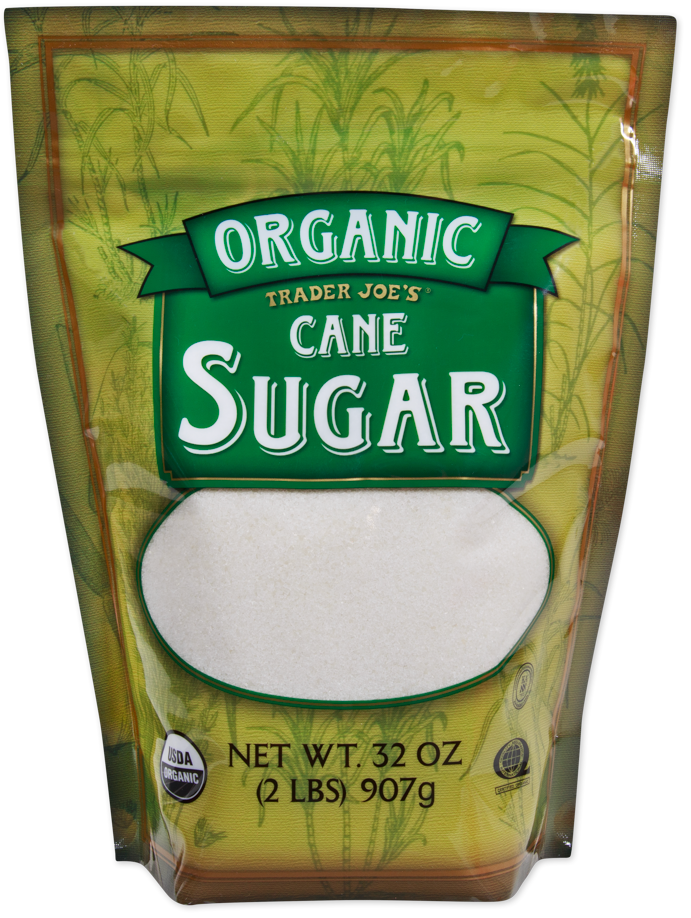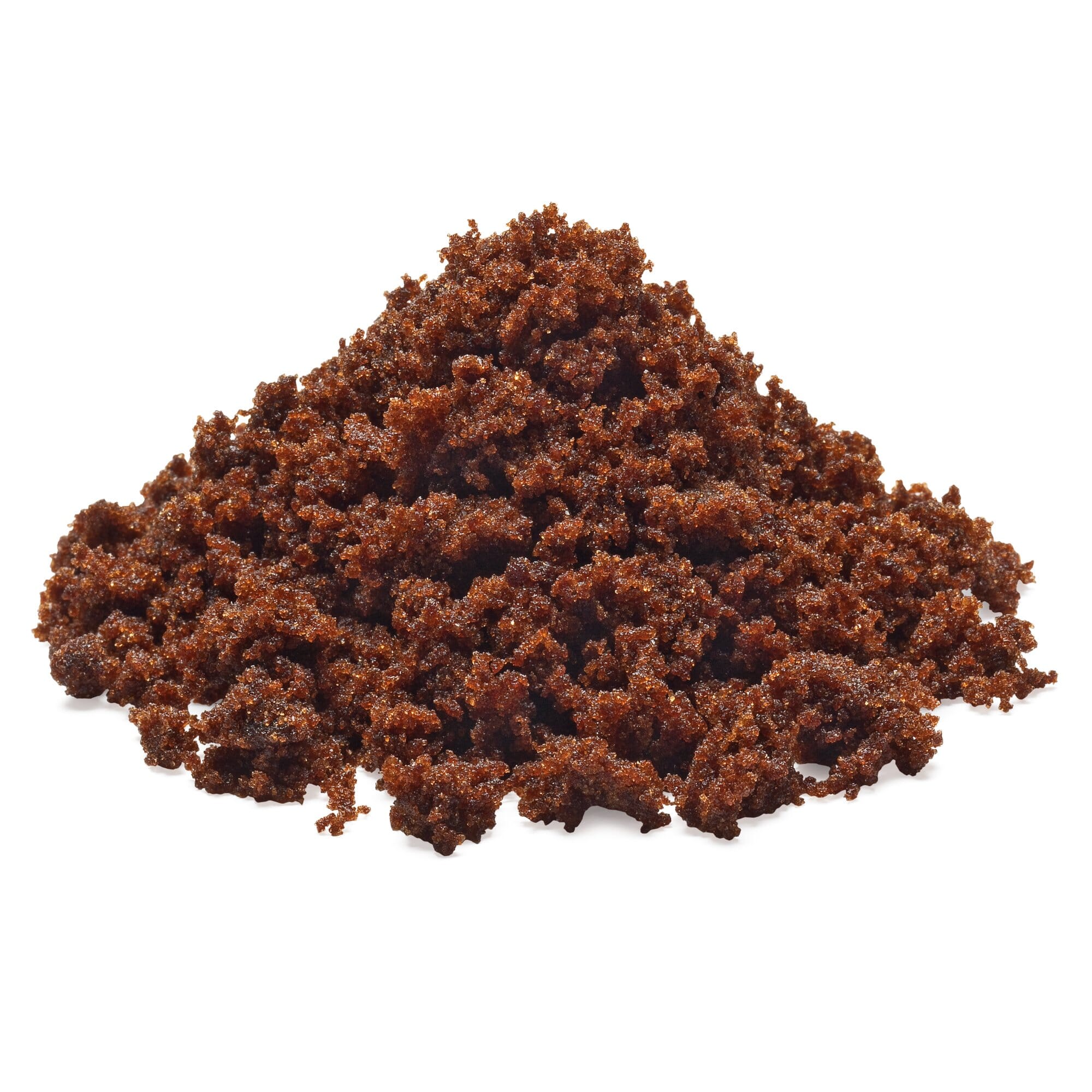An Extensive Overview to the Environmental Influence and Sustainability Practices in Cane Sugar Handling
The ecological impact of cane sugar processing presents a complex variety of obstacles that warrant cautious exam. From soil degradation and excessive water usage to the carbon footprint connected with cultivation and production, the effects of conventional methods are significant. In contrast, the adoption of innovative sustainability measures provides a pathway toward more responsible production methods. Understanding the interaction in between these concerns is essential for stakeholders in the industry. What specific practices can be applied to strike an equilibrium in between efficiency and environmental stewardship? The solutions exist in a closer consider both the challenges and possible remedies.
Review of Walking Cane Sugar Processing
Cane sugar processing entails a series of organized steps that change sugarcane into polished sugar. At first, gathered sugarcane is carried to processing centers, where it undergoes cleaning up to get rid of soil and particles. Following this, the cane is squashed to remove juice, which is then made clear by removing contaminations through heating and the enhancement of lime.
The cleared up juice goes through dissipation, where water is removed to focus the sugar material. These crystals are separated from the remaining syrup utilizing centrifugation, resulting in raw sugar.
The last item is then dried and packaged for distribution. Throughout this whole procedure, keeping effectiveness and quality assurance is necessary to ensure the sugar meets industry standards. Each action in walking stick sugar handling not only adds to the last item but also has ramifications for resource use and waste generation, setting the stage for discussions on sustainability and environmental effects linked with sugar manufacturing.
Ecological Obstacles of Manufacturing
The manufacturing of walking cane sugar offers numerous substantial ecological obstacles that warrant attention. One primary worry is the extensive use agrochemicals, consisting of pesticides and fertilizers, which can bring about dirt destruction, biodiversity loss, and contamination of regional water sources. The runoff from sugarcane fields typically brings these chemicals into neighboring ecological communities, disrupting marine life and impacting the health of communities reliant on these water bodies.
An additional difficulty is the high energy intake connected with sugarcane processing. The boiling and refining stages call for significant warmth, mostly generated by melting fossil gas, adding to greenhouse gas exhausts. Furthermore, the large acreage required for sugarcane farming can cause deforestation and environment destruction, more exacerbating environment change and threatening wild animals.
Moreover, the labor practices in some areas increase moral concerns, as workers might face bad working problems and insufficient incomes. This circumstance frequently bolsters a cycle of poverty in neighborhood communities. Cane Sugar Processing. Attending to these environmental difficulties is crucial for establishing extra sustainable techniques in cane sugar production, inevitably benefiting both the atmosphere and the areas associated with this industry
Water and Land Usage Impact
Water sources and land usage are critical elements in the walking cane sugar industry that substantially influence the atmosphere. The growing of sugarcane calls for substantial water input, with quotes recommending that it can eat up to 2,000 liters of water per kg of sugar created. This extensive usage of water often causes deficiency of neighborhood water resources, affecting not only the sugarcane vineyards yet also surrounding ecological communities and areas that rely on the very same water sources for agriculture and domestic use.

Furthermore, land use for sugarcane farming can cause logging and click now the conversion of natural environments into monoculture vineyards. This practice reduces biodiversity, disrupts regional environments, and adds to soil destruction. The expansion of sugarcane fields usually intrudes on beneficial agricultural land, producing competitors for resources between food and biofuel manufacturing.
Lasting methods, such as enhancing watering methods and implementing crop turning, are important to minimize these effects. By taking on more efficient water usage and land administration approaches, the cane sugar market can minimize its eco-friendly impact, guaranteeing a balance in between agricultural productivity and environmental preservation.
Greenhouse Gas Emissions
Greenhouse gas discharges represent a considerable ecological problem within the walking cane sugar processing industry, particularly as farming techniques increase to fulfill global demand. The cultivation of sugarcane, a crop that flourishes in tropical climates, counts greatly on artificial plant foods and chemicals, which add to laughing gas exhausts. Furthermore, land-use modifications, including deforestation for new sugarcane ranches, release carbon dioxide stored in greenery and soil.
During handling, power usage is one more major source of greenhouse gas exhausts - Cane Sugar Processing. Several sugar mills use nonrenewable fuel sources to power machinery and generate warmth, leading to considerable carbon footprints. In addition, the transportation of raw sugarcane and finished items adds layers of exhausts with fuel burning in automobiles
The advancing effect of these exhausts intensifies climate adjustment, posing risks not just to the atmosphere yet likewise to the long-term stability of the market. Stakeholders must acknowledge the urgent requirement for comprehensive approaches that deal with these exhausts. This includes evaluating existing agricultural methods, processing techniques, and transport systems to determine locations for improvement and mitigation. Addressing greenhouse gas discharges is essential for promoting an extra sustainable walking stick sugar sector in a transforming climate.

Sustainable Practices and Innovations
Lasting practices and advancements are significantly vital in the walking cane sugar handling industry as stakeholders look for to reduce ecological impacts while keeping productivity. One substantial development is the execution of integrated plant management, which enhances source use Bonuses by incorporating soil monitoring, pest control, and plant turning methods. This strategy improves return while reducing chemical inputs and maintaining dirt health.
In addition, the adoption of renewable resource sources, such as biomass from sugarcane deposits, has acquired grip - Cane Sugar Processing. By converting waste products right into power, processing facilities can lower their dependence on fossil fuels, consequently lowering greenhouse gas discharges
Water monitoring practices have likewise seen renovations through the recycling and reusing of water in processing plants, dramatically reducing freshwater usage. Technologies in technology, such as precision agriculture, make it possible for farmers to monitor crop health and wellness and source use better, making sure visit this page lasting farming techniques.
Furthermore, certification programs like Fair Trade and Jungle Partnership motivate eco liable farming techniques and advertise social equity within the supply chain. By welcoming these lasting techniques and innovations, the cane sugar handling sector can boost its resilience and contribute positively to ecological stewardship.
Conclusion
The ecological influence of walking cane sugar handling provides considerable difficulties, including soil degradation, high water consumption, and greenhouse gas emissions, along with moral problems connected to labor methods. Attending to these issues through sustainable techniques, such as incorporated plant administration, sustainable energy adoption, and water recycling, is important. By promoting eco accountable and socially equitable approaches in sugar production, the industry can minimize its negative impacts, guaranteeing a more lasting future for both neighborhoods and communities associated with this market.
Walking stick sugar handling includes a series of organized steps that transform sugarcane right into refined sugar. Each action in walking cane sugar processing not just contributes to the final item but also has ramifications for resource usage and waste generation, setting the phase for conversations on sustainability and environmental influences linked with sugar manufacturing.
Greenhouse gas emissions represent a substantial ecological worry within the walking cane sugar handling market, particularly as agricultural practices expand to fulfill worldwide need.Sustainable methods and innovations are progressively essential in the cane sugar handling sector as stakeholders seek to minimize ecological influences while preserving performance.The environmental effect of walking cane sugar handling presents considerable obstacles, consisting of soil deterioration, high water intake, and greenhouse gas emissions, together with moral concerns related to labor techniques.